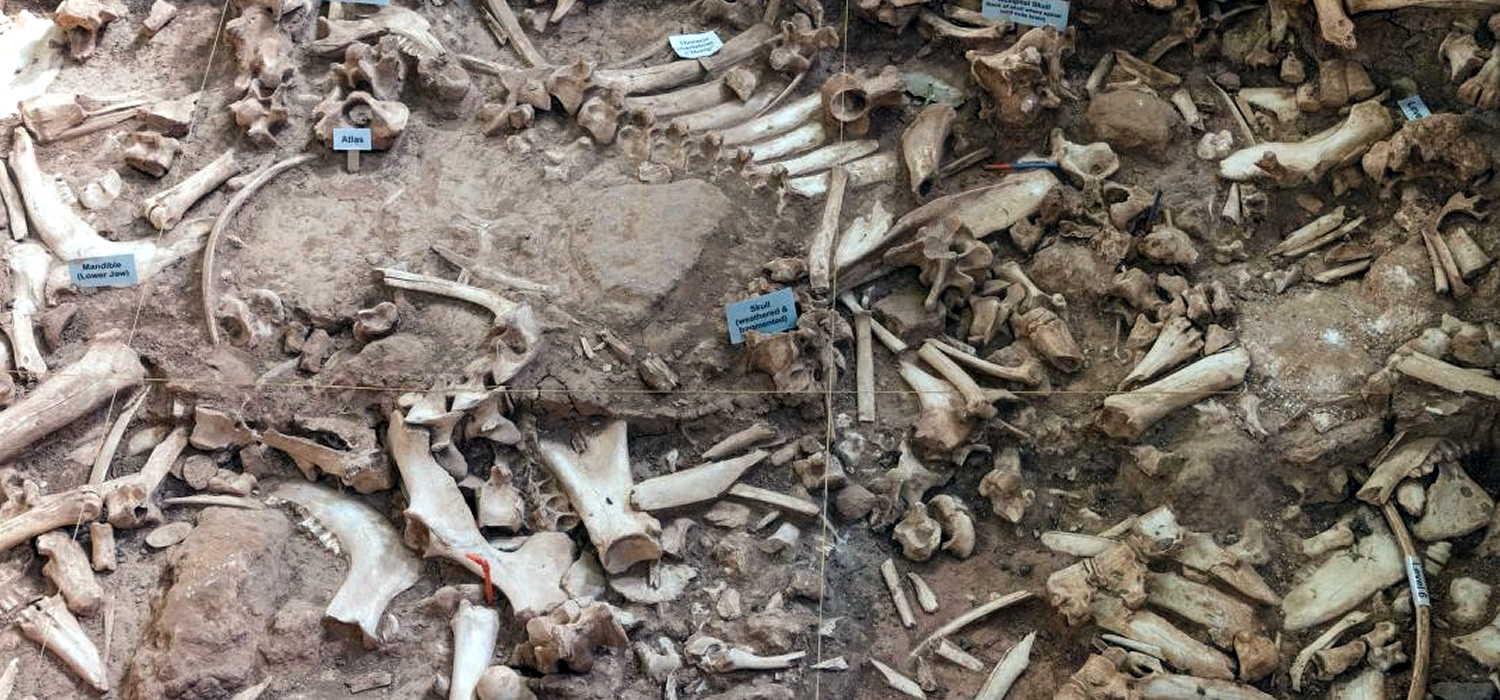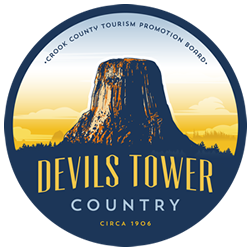The Vore Buffalo Jump, a key archaeological site in Crook County, Wyoming, stands as a testament to the ingenuity of Plains Indian tribes. For centuries, this natural sinkhole was a strategic hunting ground where large herds of buffalo were driven over the edge, ensuring a plentiful supply of essential resources. The site’s rich layers of artifacts and remains offer a profound glimpse into the ancient hunting practices and communal life of these indigenous peoples, highlighting their deep connection to the land and its resources.
Preserving the Vore Buffalo Jump involves a combination of archaeological research, conservation practices, and community engagement. Archaeologists work meticulously to excavate and document findings, carefully preserving artifacts and remains for study and display.
A Vital Hunting Ground
For the Plains Indian tribes, the buffalo was more than just a source of food; it was central to their way of life. The Vore Buffalo Jump provided an effective and efficient method for hunting these massive animals. By driving herds of buffalo over the edge of the sinkhole, hunters could ensure a successful kill while minimizing risk and effort. This method allowed for the capture of large numbers of buffalo, providing ample meat, hides, bones, and other essential materials for the community.
Archaeological Discoveries
Excavations at the Vore Buffalo Jump have uncovered a wealth of artifacts and remains, offering valuable insights into the site's historical use and the people who depended on it. Layers of buffalo bones, stone tools, and remnants of temporary camps provide a detailed record of hunting practices, tool-making techniques, and seasonal patterns of life. These findings help archaeologists piece together a comprehensive picture of how Plains Indian tribes adapted to their environment and maximized the resources available to them.
Educational and Cultural Importance
Today, the Vore Buffalo Jump serves as an important educational resource, helping to preserve and interpret the cultural heritage of the Plains Indian tribes. Visitors to the site can explore interpretive exhibits, participate in guided tours, and witness ongoing archaeological research. These activities not only enhance our understanding of the past but also honor the traditions and knowledge of the Native American communities connected to this sacred place.


